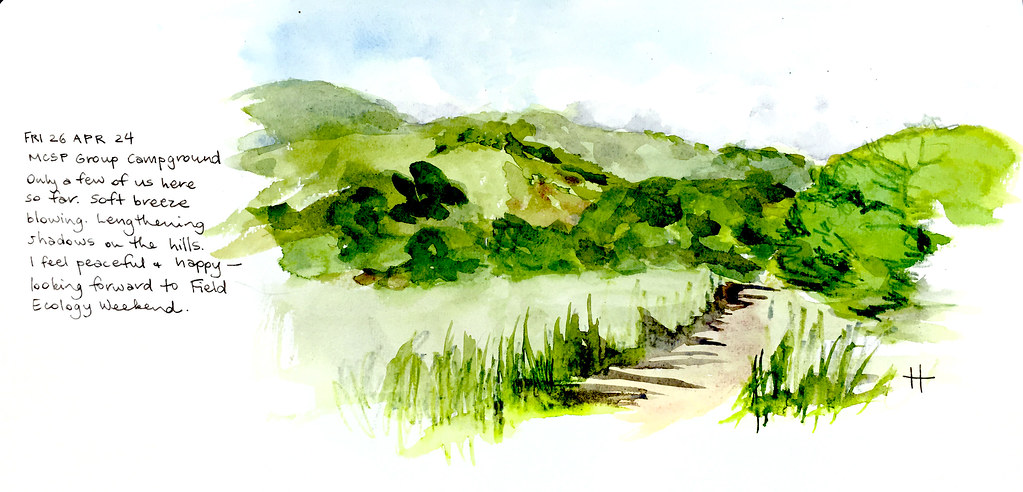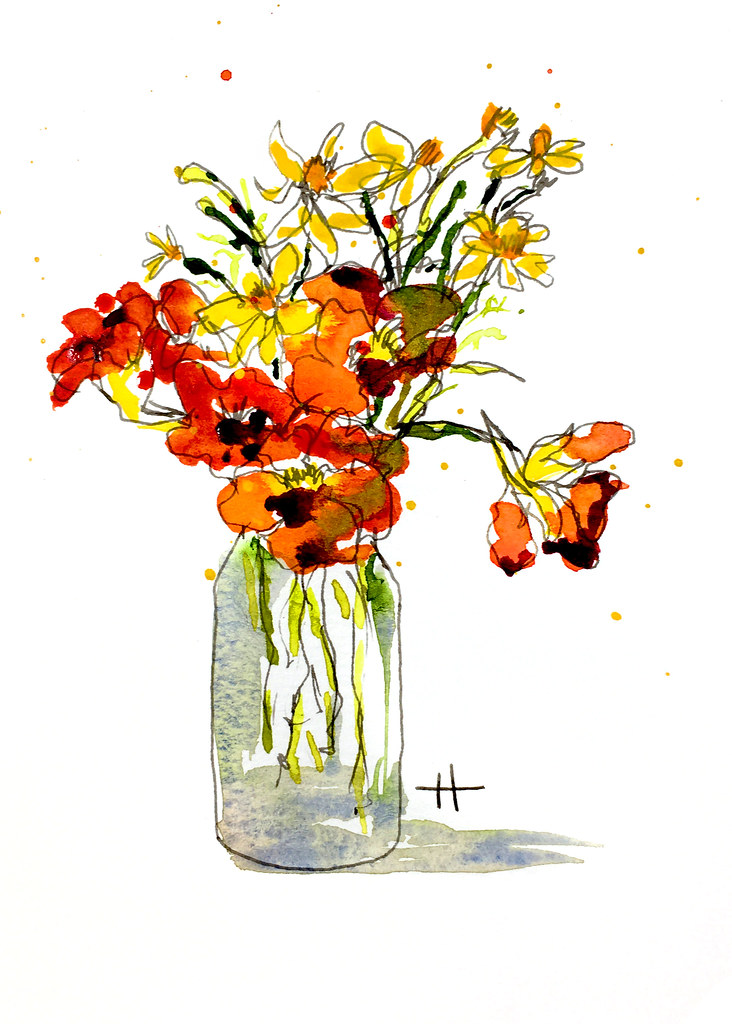
… with strawberries, pomegranate seeds, hemp seeds and micro basil. Pretty good!

… with strawberries, pomegranate seeds, hemp seeds and micro basil. Pretty good!

I thought I’d learn a bit more about our most common spider, the ubiquitous daddy long-legs, also known as the cellar spider. As a synanthrope (an organism that lives near and benefits from humans and their environmental modifications), these spiders can be found on every continent in the world. They prefer the warmth inside human dwellings; daddy long-legs living outdoors can be found in the dimly-lit, calm environment of caves and in between rock crevices.
It takes about one year for these spiders to mature after they are born, and their life span can be two years or more post-maturity.
There is a common misconception that this spider’s venom is extremely dangerous but that their fangs are too short to pierce human skin. Neither statement is true. The fangs are longer (0.25mm) than the epidermis is thick (0.1mm); the venom has a negligible effect on mammals, including humans. So let’s put that urban legend to bed.

It’s nice to be back home, and gathering flowers from the yard.

Every year, the Malibu Creek and Topanga Canyon Docents gather for a weekend of camping, outdoor education, and camaraderie, known as Field Ecology Weekend. I’m just home from the 38th Annual FEW. Speaking as one of the organisers, it was everything we hoped it would be.

I blogged about the castor oil plant in our neighbourhood a few months ago; it’s all now flowering and setting seed, preparing for even further invasion.

Nasturtiums and Mexican marigolds are both very strongly scented flowers, one peppery, the other more citrusy. Put them in a vase together, and they create a visual riot, while the aromas somehow balance and calm each other. An analogy for my bestie and me? Maybe.

On a break in life drawing class, I sketched some of the students chatting. I’m not going to inflict my weekly drawings of naked people on you, but I do want to report that I’m loving the class, and learning a lot.

We bought this Callistemon 10 years ago. It spent a few years in a pot before going in the ground, and now it’s well-established and close to its maximum size of 1.8m high x 1.5m wide. It feeds hooded orioles, house finches, lesser goldfinches, and maybe other birds too during the long flowering season, and brings us much pleasure.
I’m more of a purist about planting CA natives now, but I’m not sad about the select Australian trees and shrubs we’ve established here (no acacias or eucalypts, they are way too invasive).

Green Herons are short and stocky (for a heron) with a thick neck that is often drawn down into the body. It’s only when they strike at food that you can see the length of the neck.
Although Green Herons are fairly common across the U.S., their population has suffered a decline of approximately 1.3% per year between 1966 to 2019, resulting in a cumulative decline of about 51%, according to the North American Breeding Bird Survey. In the past, people hunted Green Herons for food and controlled their numbers near fish hatcheries. Today they, like so many creatures, are negatively impacted by habitat loss from the destruction of wetlands.

After picking sixty (60!) snails off our little orange tree this morning, I noticed this handsome fly on one of the ravaged leaves. I am no entomologist, so the ID could be wrong. Looking at the distribution map in iNaturalist, Anthomyia species are far more common in the Southern Hemisphere than the northern, so possibly I’m way off. I was attracted to the strong dark dots on the wings; I suspect that are a key feature for identification.